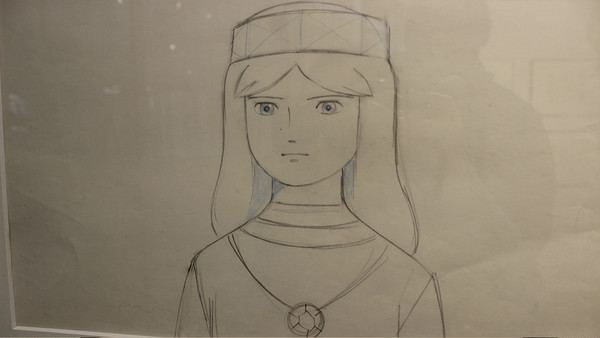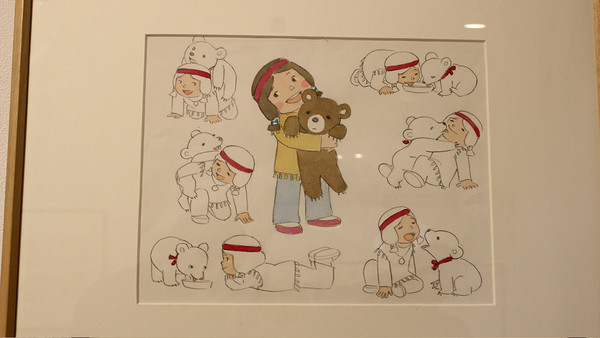Interest
Legendary Animator Yasuji Mori Gets Animation Exhibit in Kichijoji
posted on by Kim Morrissy
It wouldn't be an exaggeration to say that Yasuji Mori helped shape the history of 2D animation in Japan. He was an instrumental animator in the early days of Toei Doga (before it became Toei Animation) and Nippon Animation, and his character designs helped define the aesthetic of anime in that period. He was also a mentor figure to many people in the anime industry who would later go on to become extraordinarily famous in their own right - including Hayao Miyazaki and Isao Takahata. Takahata once described Mori's influence on Japanese animation as “incalculable.”
Unfortunately, Mori passed away in 1992, but he is still so revered as an artist that ANIDO, a group of animation researchers established by former Toei Doga animators and other studios, continues to hold exhibits showcasing Yasuji Mori's art every few years.
The latest exhibit was held in a second-hand bookstore in Kichijoji called Ichinichi between May 4-14. As you may imagine from an exhibit held in a second-hand bookstore, it was a low-key affair that was entirely contained within a single room. On the other hand, this gave the exhibit a rather quaint atmosphere, as if one is peering through history.
Mori's most famous contributions to early Japanese animated films and TV shows were represented at the exhibit. Here is a brief selection of his art, in chronological order:

These drawings are from the Panda and the Magic Serpent (1961), the first ever color anime feature film, which Mori worked on as a key animator. Notably, he was one of the few animators on this project to have had more than a year's experience within animation before production of the film began. He mostly worked on cuts involving animals, which he would become particularly famous for throughout the years.

But The Little Prince and the Eight-Headed Dragon (1963) was even more of a milestone for Mori, as his role became the first instance that someone was credited as an “animation director” within Japanese animation. This role involves supervising the key animation drawn by the other artists and correcting their work, usually for the sake of creating a more consistent-looking animation. The work of an animation director would go on to become a staple within Japanese animation.


Horus - Prince of the Sun (1968) was the first feature-length film Isao Takahata ever directed. These are drawings of Hilda, the tragic heroine of the story. Mori helped conceive her character and personally animated most of her scenes.

After Horus, Mori went on to work as the animation director of Puss 'n Boots (1969). He and key animator Yasuo Ōtsuka later described this film as “a carefree film” that was easy to make compared to Horus. This was partly because the story of the film is more simplistic, and also because the key animators had a lot of freedom to draw scenes how they wanted.


Hilda wasn't the only iconic heroine Mori had a hand in drawing; Cathy from Animal Treasure Island (1971) is another popular character from a film that Mori served as animation director for.

Fables of the Green Forest (1973) was produced at Zuiyo Enterprise, which would later become Nippon Animation. This series may be known among English-speaking anime fans as the inspiration of the Andes Chucky series within the world of SHIROBAKO.

Finally, Monarch: The Big Bear of Tallac (1977) was another classic Nippon Animation show that Mori worked on as a character designer and key animator.
Other famous projects that Mori worked on but weren't shown at the exhibit include Heidi - A Girl of the Alps, A Dog of Flanders, and Magic Boy. Mori also worked as an illustrator of children's books for various publishers; collections of his illustrated works were available for purchase at the exhibit.
Although the exhibit was small, I was satisfied with it. Takashi Namiki, current president of ANIDO, left a message saying that ideally Mori's work would be displayed in the National Museum of Art, but until that day comes he intends to keep steadfastly publishing Mori's work and putting it on display. I'd like to see Namiki's dream come true, too.